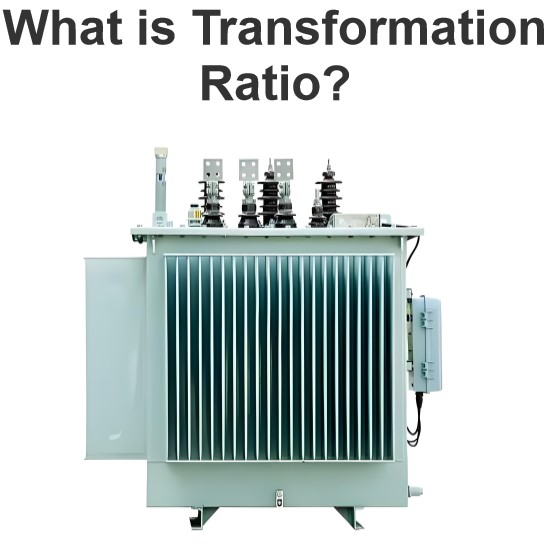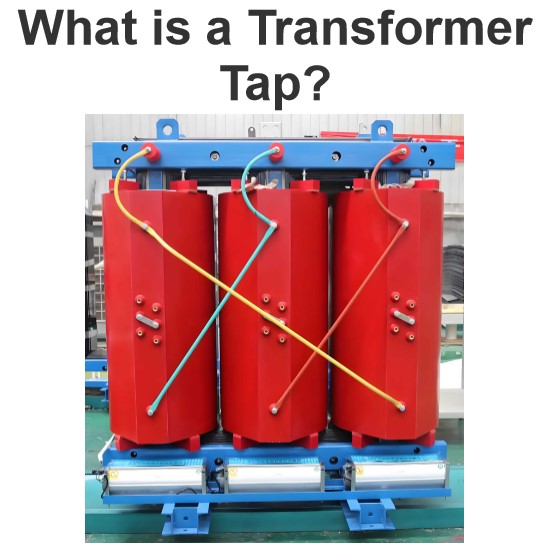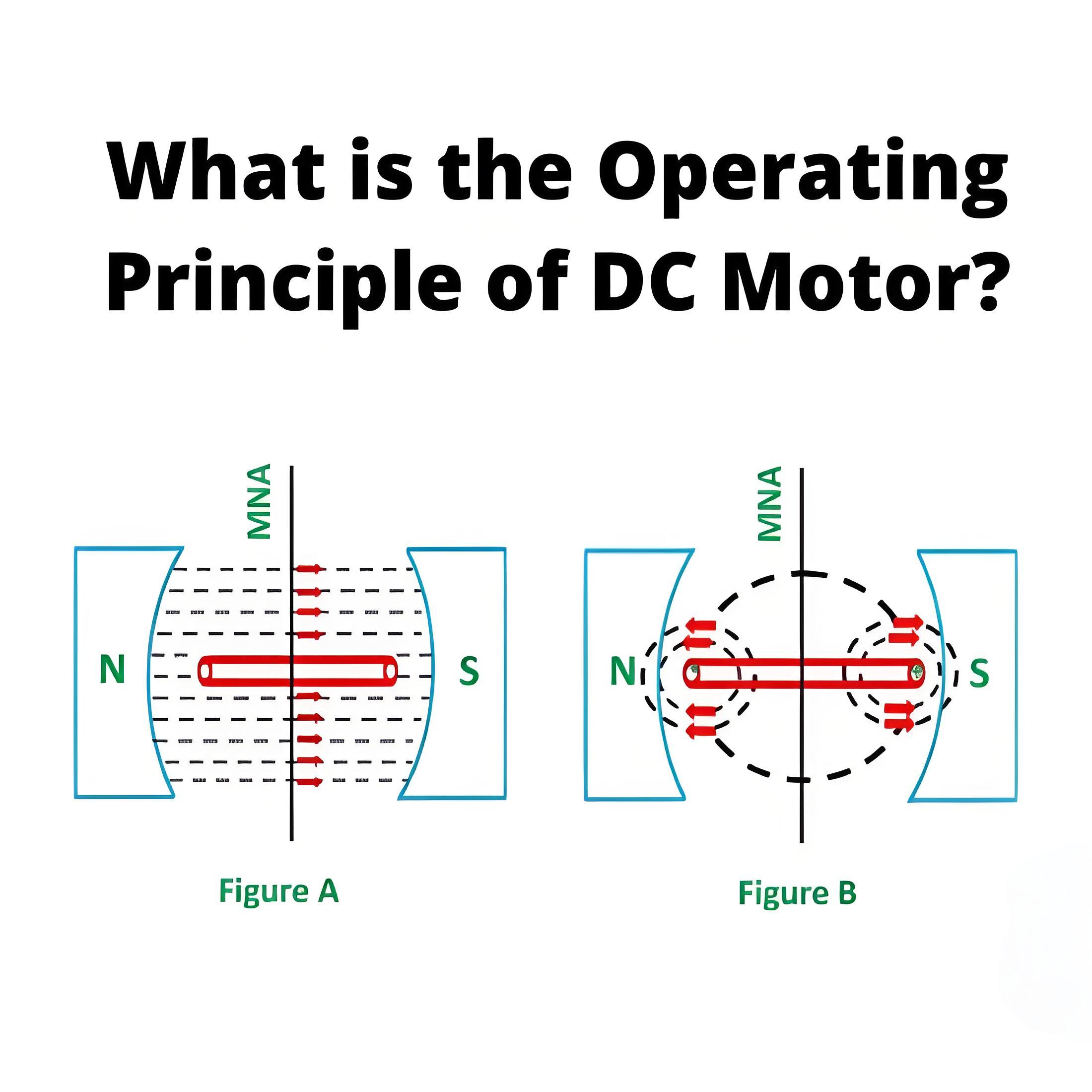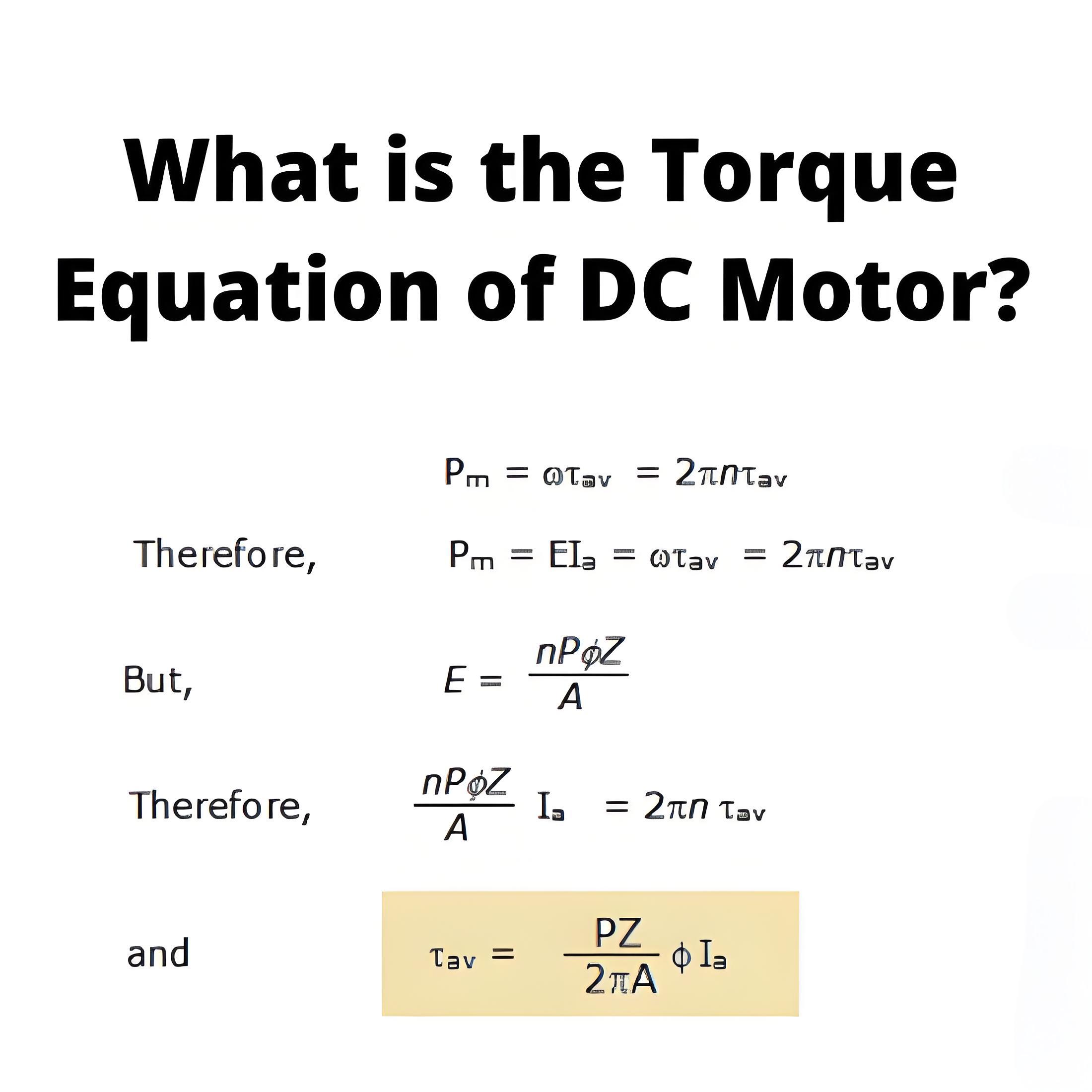How dose a DC Generator Work?
How dose a DC Generator Work?
DC Generator Definition
A DC generator is a device that converts mechanical power into direct electrical power using the principle of electromagnetic induction.
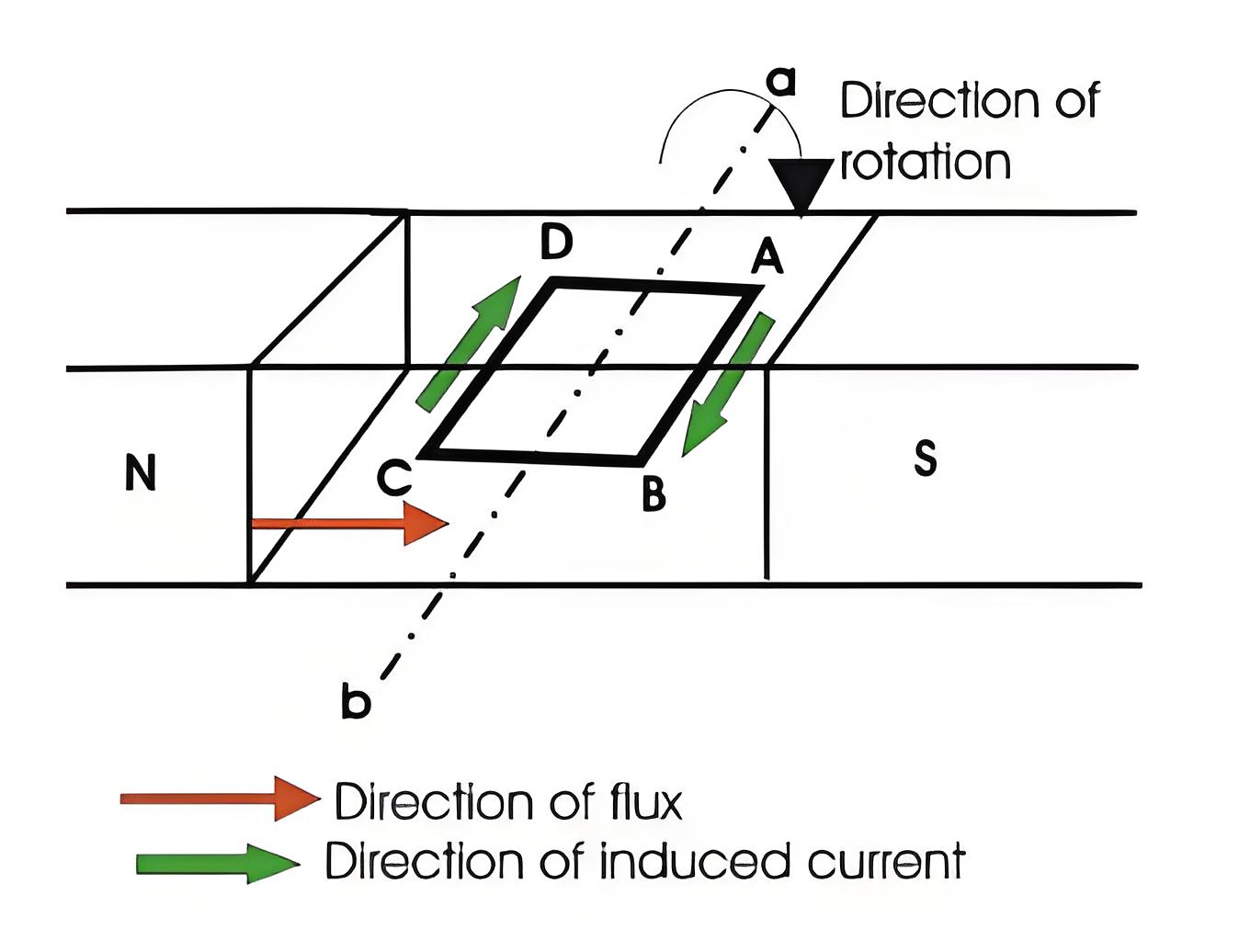
Faraday’s Law
This law states that when a conductor moves in a magnetic field it cuts magnetic lines of force, which induces an electromagnetic force (EMF) in the conductor.
The magnitude of the induced EMF depends on the rate of change of the magnetic flux linkage with the conductor. This EMF will cause a current to flow if the conductor circuit is closed.
The two most essential parts of a generator are:
The magnetic field
Conductors which move inside that magnetic field.
Now that we understand the basics, we can discuss the working principle of a DC generator. You may also find it useful to learn about the types of DC generators.
Single-Loop Operation
In a single-loop DC generator, the loop’s rotation in a magnetic field induces EMF, and the current direction is determined by Fleming’s right-hand rule.
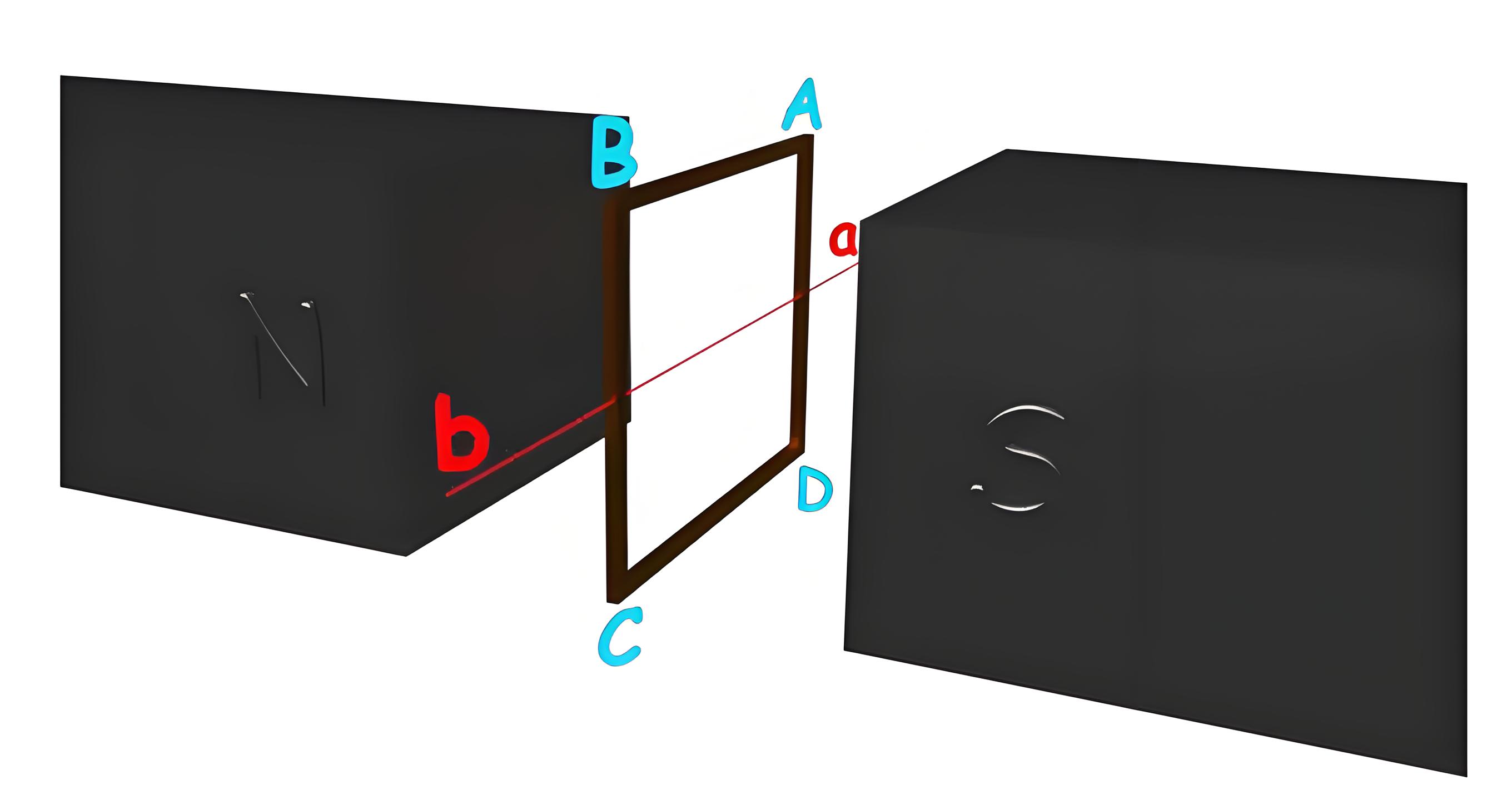
In the figure above, a single loop of a conductor of rectangular shape is placed between two opposite poles of a magnet.
Consider the rectangular loop of the conductor ABCD, which rotates inside the magnetic field about its axis ab.
When the loop rotates from its vertical position to its horizontal position, it cuts the flux lines of the field. As during this movement two sides, i.e., AB and CD of the loop cut the flux lines there will be an EMF induced in both of the sides (AB and BC) of the loop.
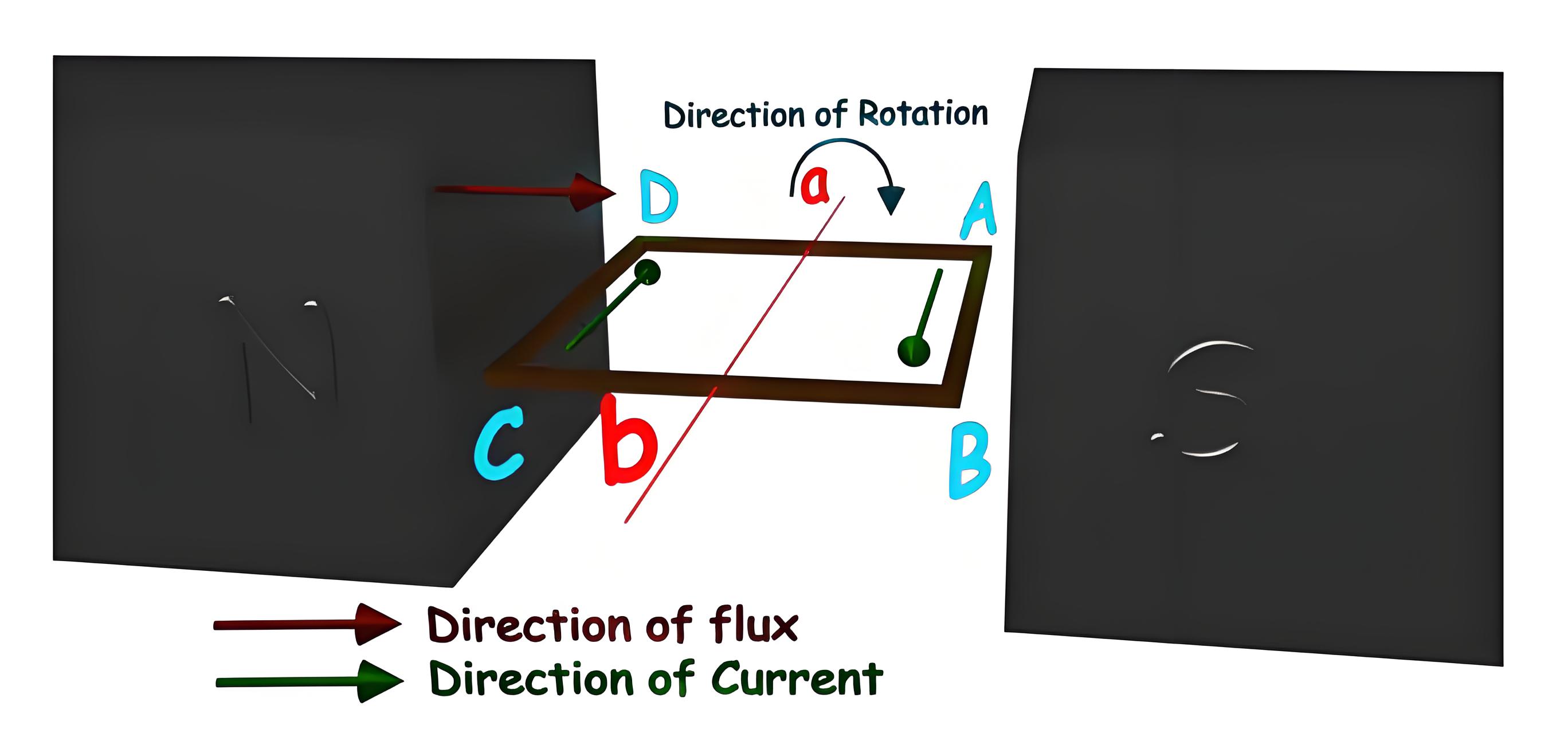
As the loop gets closed there will be a current circulating through the loop. The direction of the current can be determined by Flemming’s right hand Rule.
This rule says that if you stretch the thumb, index finger, and middle finger of your right-hand perpendicular to each other, then thumbs indicates the direction of motion of the conductor, index finger indicates the direction of the magnetic field, i.e., N – pole to S – pole, and middle finger indicates the direction of flow of current through the conductor.
Now if we apply this right-hand rule, we will see at this horizontal position of the loop, current will flow from point A to B and on the other side of the loop, the current will flow from point C to D.
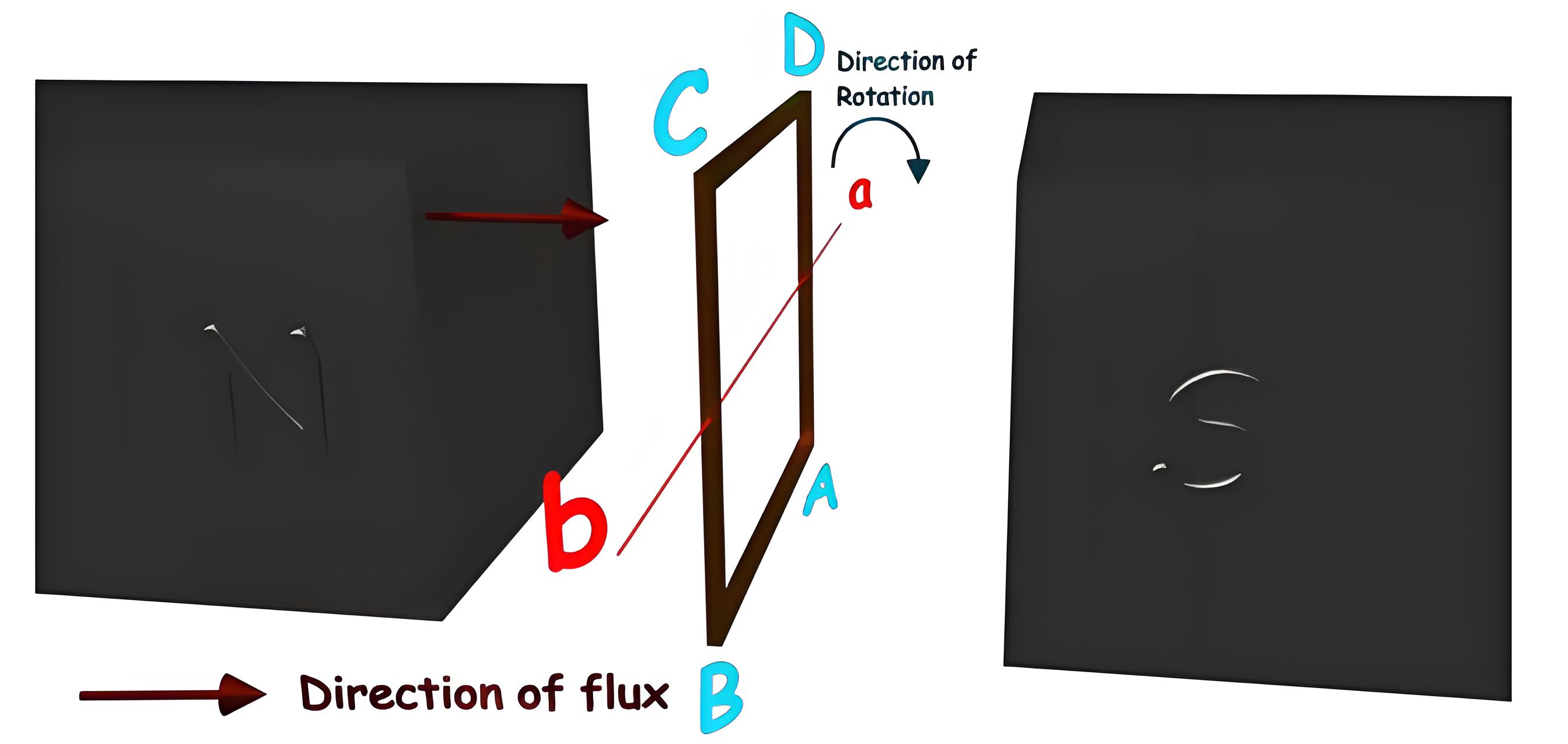
Now if we allow the loop to move further, it will come again to its vertical position, but now the upper side of the loop will be CD, and the lower side will be AB (just opposite of the previous vertical position).
At this position, the tangential motion of the sides of the loop is parallel to the flux lines of the field. Hence there will be no question of flux cutting, and consequently, there will be no current in the loop.
If the loop rotates further, it comes again in a horizontal position. But now, said AB side of the loop comes in front of N pole, and CD comes in front of S pole, i.e., just opposite to the previous horizontal position as shown in the figure beside.
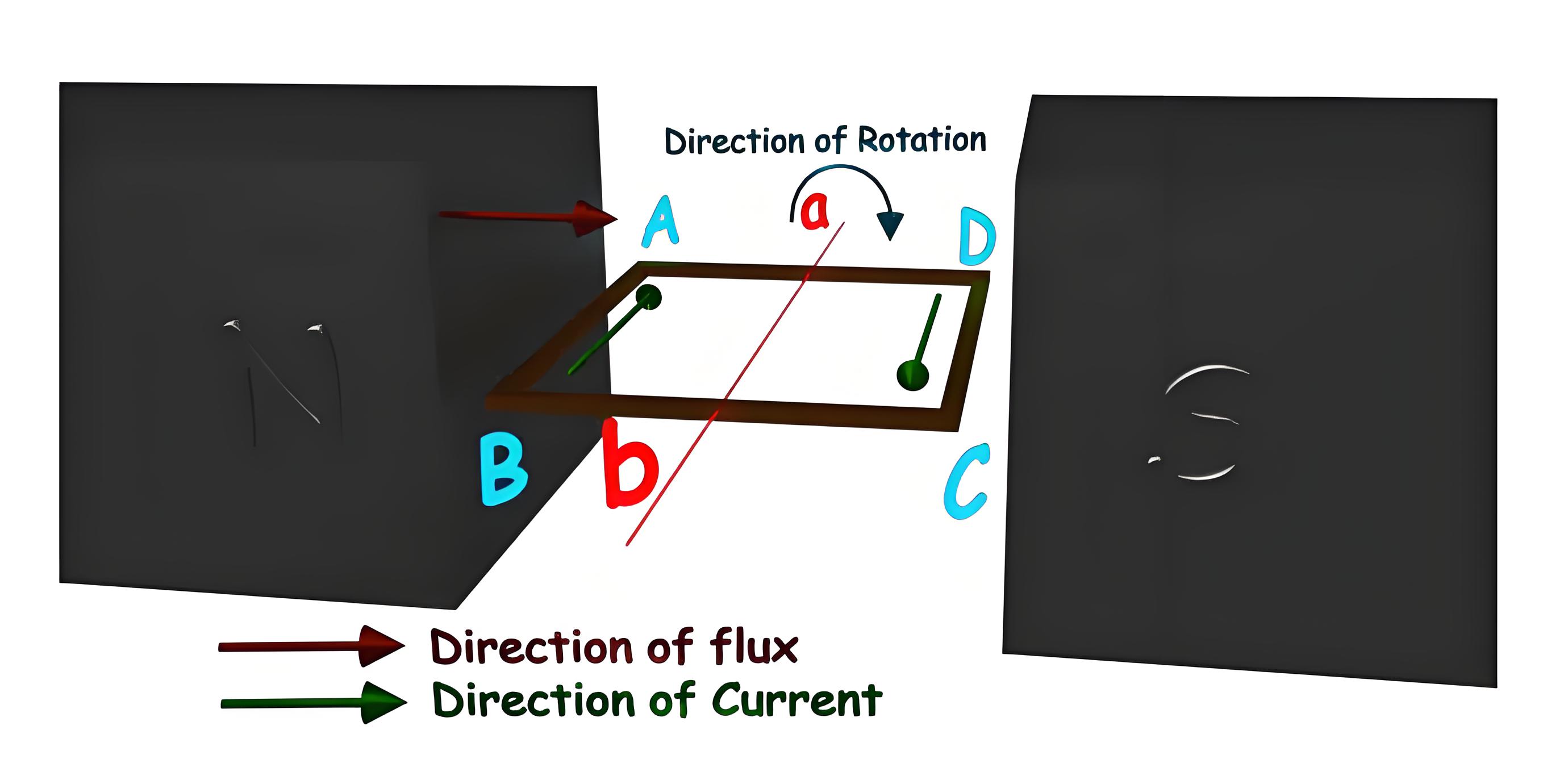
Here the tangential motion of the side of the loop is perpendicular to the flux lines; hence rate of flux cutting is maximum here, and according to Flemming’s right-hand Rule, at this position current flows from B to A and on another side from D to C.
Now if the loop is continued to rotate about its axis. Every time the side AB comes in front of S pole, the current flows from A to B. Again, when it comes in front of N pole, the current flows from B to A.
Similarly, every time the side CD comes in front of the S pole the current flows from C to D. When the side CD comes in front of the N pole the current flows from D to C.
If we observe this phenomenon differently, we can conclude, that each side of the loop comes in front of N pole, the current will flow through that side in the same direction, i.e., downward to the reference plane.
Similarly, each side of the loop comes in front of the S pole, the current through it flows in the same direction, i.e., upwards from the reference plane. From this, we will come to the topic of the principle of DC generator.
Now the loop is opened and connected with a split ring as shown in the figure below. Split rings, made of a conducting cylinder, get cut into two halves or segments insulated from each other.
We connect the external load terminals with two carbon brushes which rest on these split slip ring segments.
Commutator and Brushes
Split rings (commutators) and carbon brushes ensure the current remains unidirectional by reversing connections as the loop rotates.
Brush Positioning
The brushes are positioned so that the EMF is zero when the coil is perpendicular to the magnetic field, allowing smooth current flow.
Working Principle of DC Generator
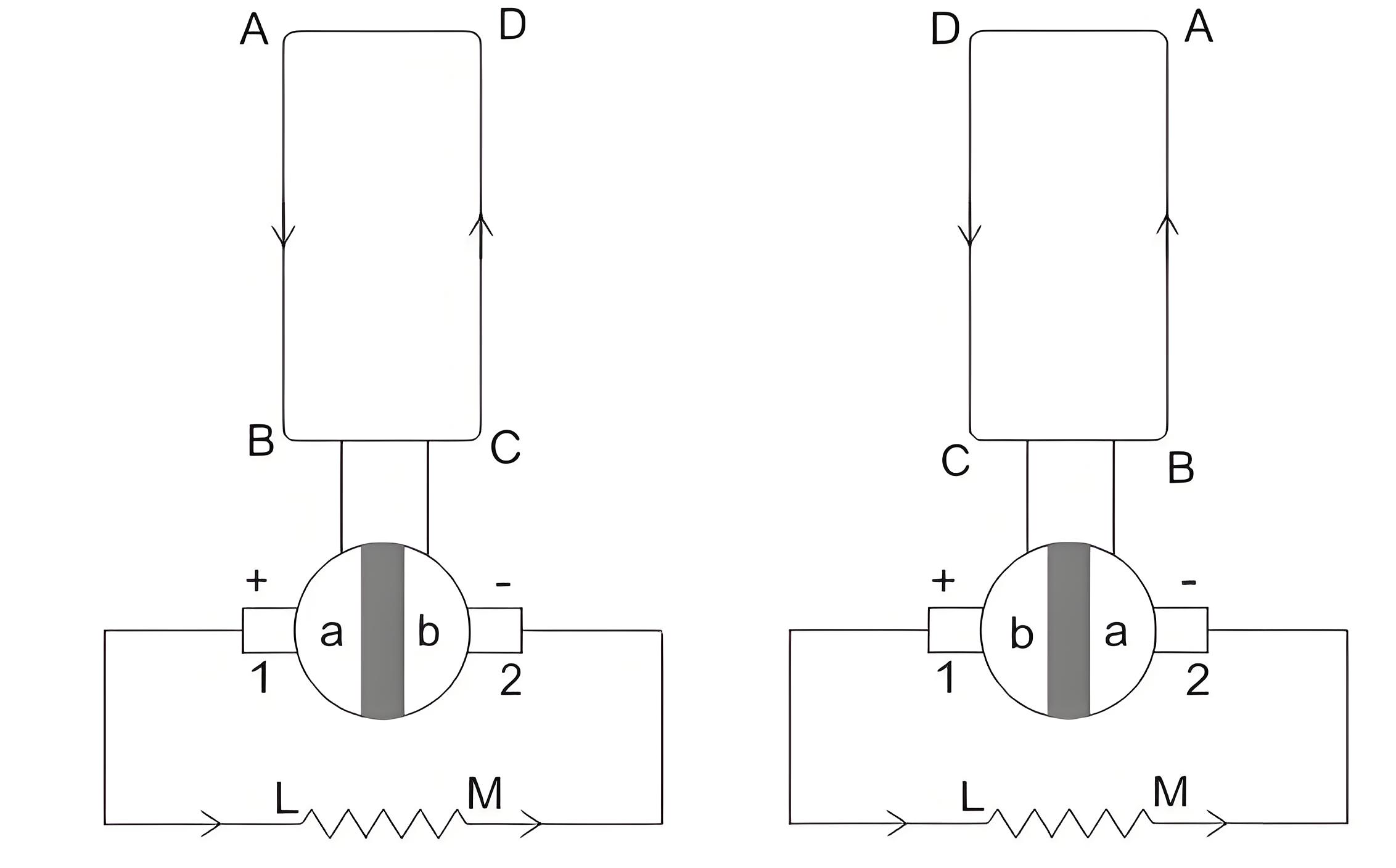
We can see that in the first half of the revolution current always flows along ABLMCD, i.e., brush no 1 in contact with segment a.In the next half revolution, in the figure, the direction of the induced current in the coil is reversed. But at the same time the position of segments a and b are also reversed which results that brush no 1 comes in touch with segment b.
Hence, the current in the load resistance again flows from L to M. The waveform of the current through the load circuit is as shown in the figure. This current is unidirectional.
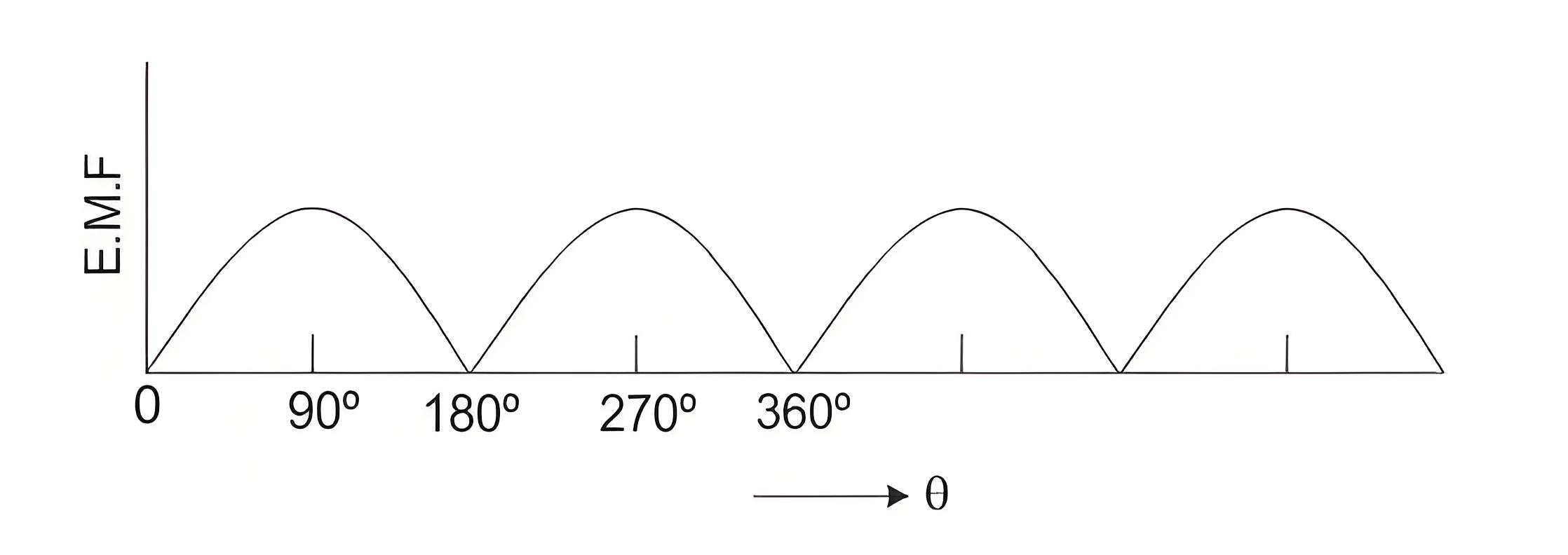
The above content is the basic working principle of the DC generator, explained by the single loop generator model.
The positions of the brushes of the DC generator are so that the change over of the segments a and b from one brush to another takes place when the plane of the rotating coil is at a right angle to the plane of the lines of force. It is to become in that position, the induced EMF in the coil is zero.
Welcome to our electricity community! Established to facilitate the exchange and cooperation in the electricity industry and bridge professionals, enthusiasts, and related enterprises.


